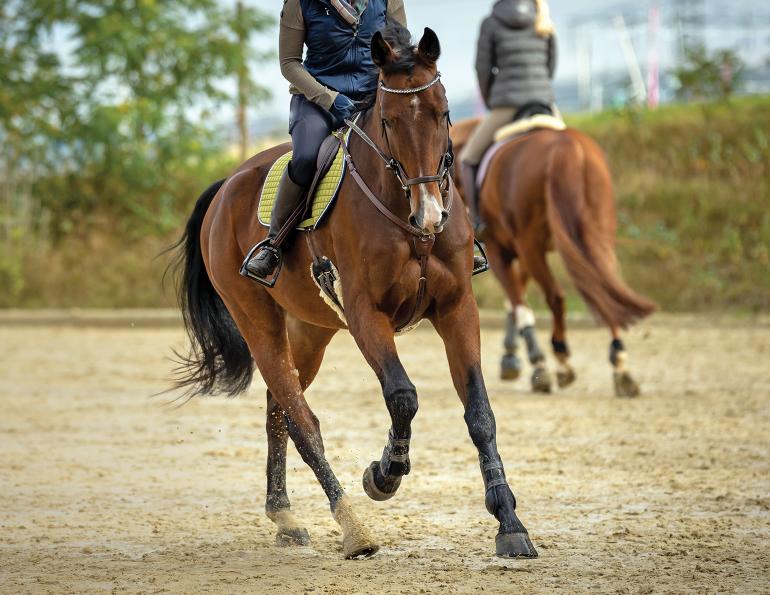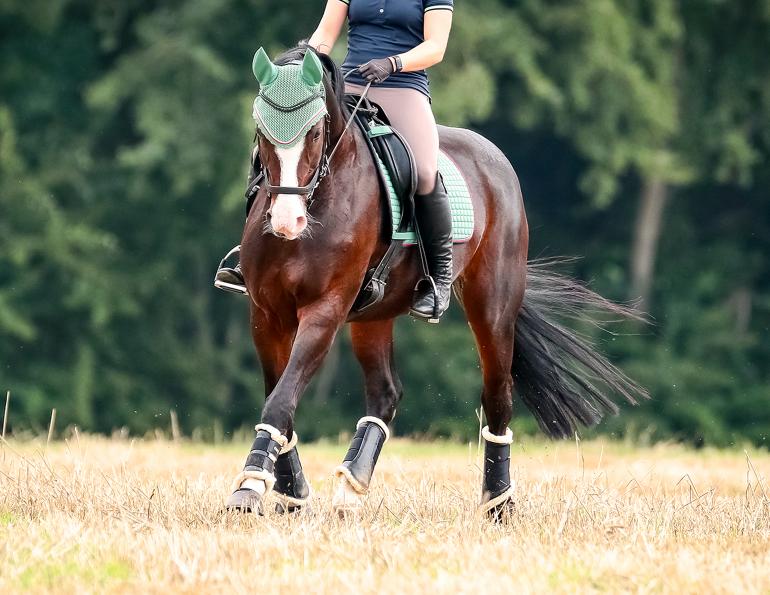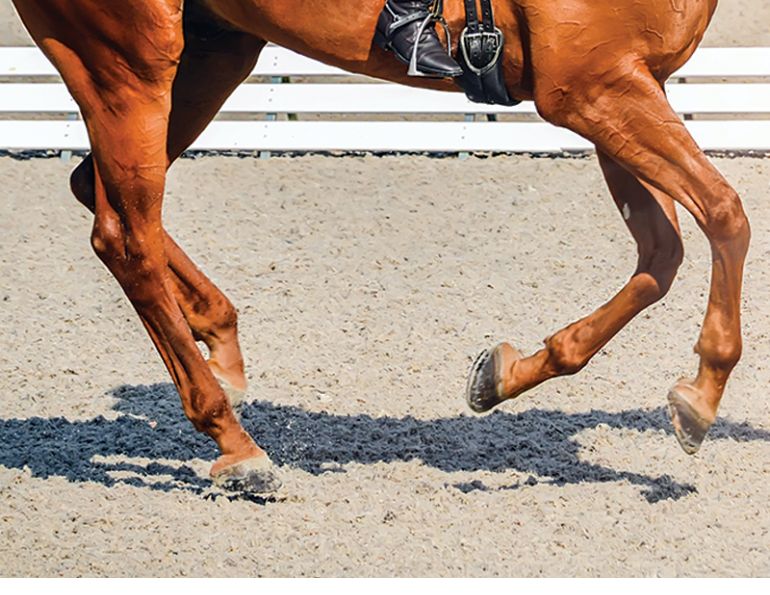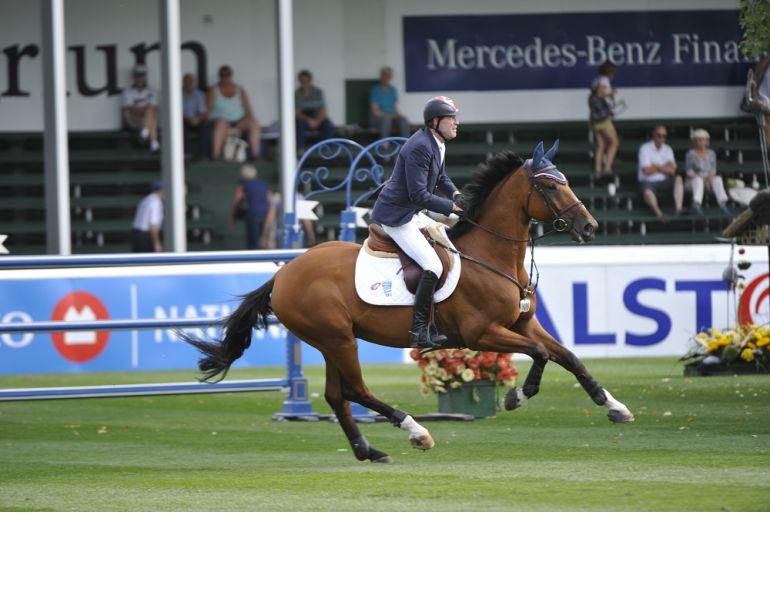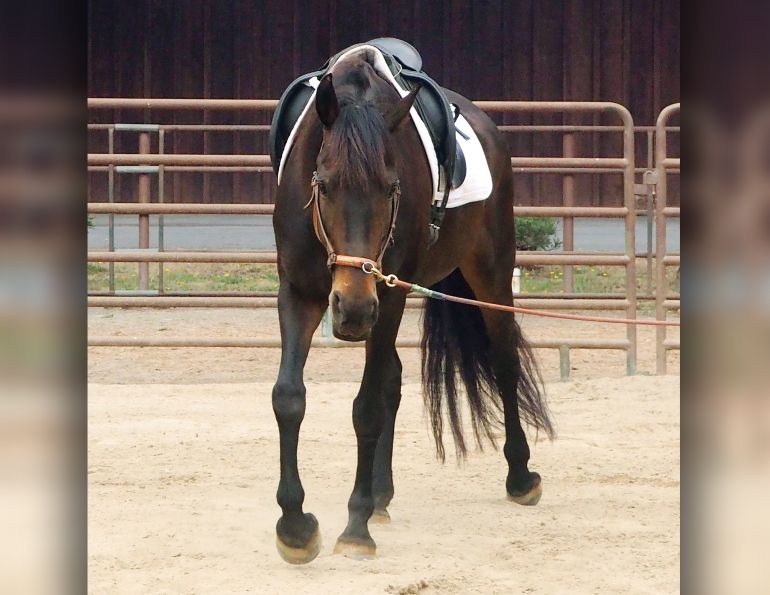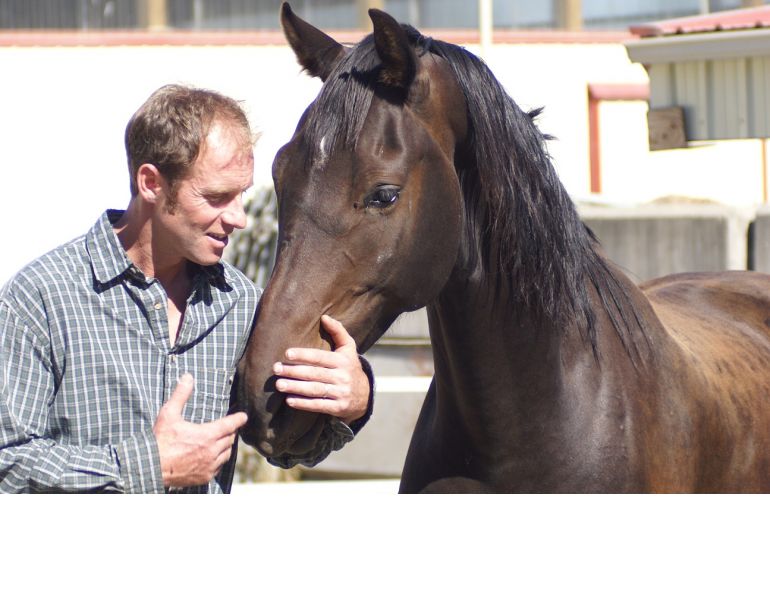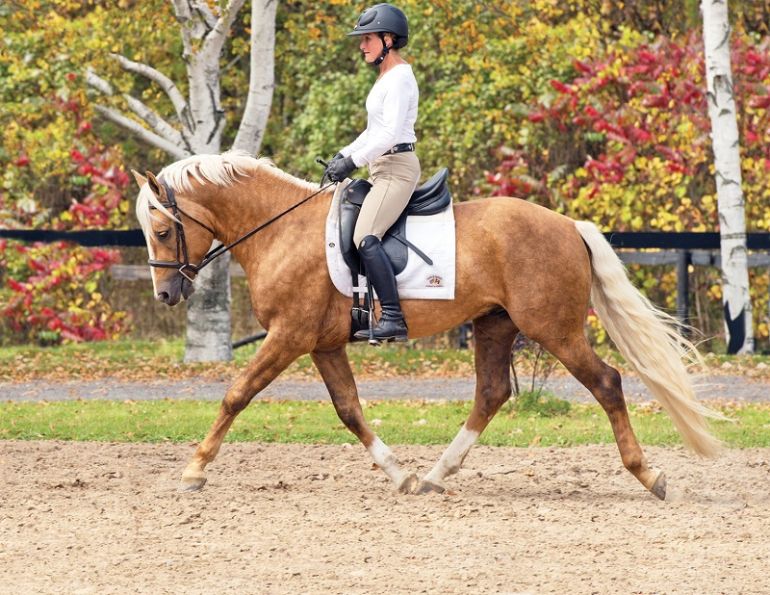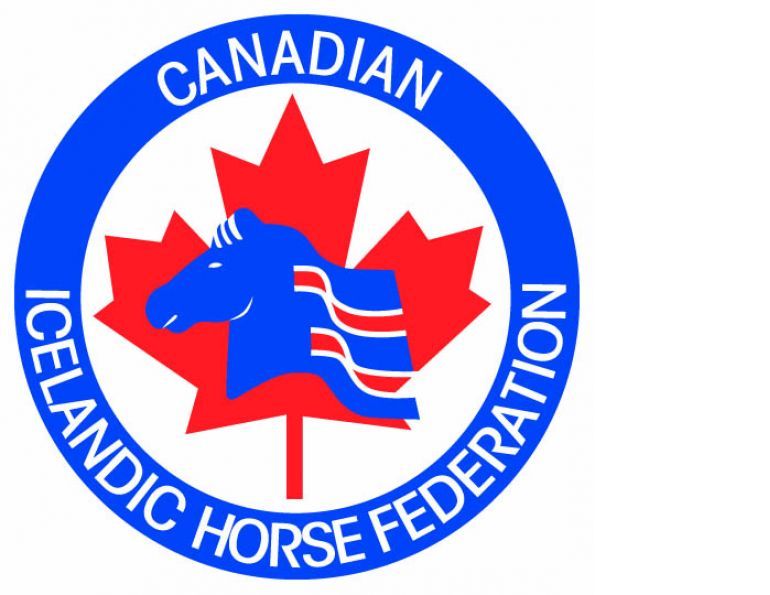By Jec A. Ballou
Without access to multiple riding surfaces, many horses plateau in their fitness or get stuck in a state of physical discomfort. In fact, different footings can play such a big role in any horse’s conditioning that there is an industry adage for it: there are no poor surfaces; only poor use of surfaces.
From a fitness and conditioning standpoint, there are benefits to riding on both soft and firm surfaces. If you are limited to training on only one type of footing weekly, chances are good that your horse’s musculoskeletal system has some deficiencies. For both injury prevention and gymnastic conditioning, training purposefully on surfaces allows you to modulate physical effort while attuning proprioception. This leads to physical resilience while optimizing muscular and skeletal strength.
Put very simply, soft sandy terrain requires more muscular and aerobic effort while firm ground develops better proprioception, limb coordination, and hoof stimulus. While an ideal scenario includes training on both firm and soft footings throughout each week, horses that are grappling with gait dysfunction or mild lameness may benefit from fully changing their primary training area for a period of time.
Before exploring the benefits of each, it is worth clarifying that excessive repetitive movement on any type of ground brings risk regardless how hard or cushy. In fact, one of the primary benefits of changing surfaces is to minimize repetitive strain and stress.
Firm Footing
Any new surface types should be introduced slowly in 10 to 15 minute periods for an initial three weeks, and this principle definitely applies to harder ground like packed dirt, clay, decomposed granite, asphalt, and other concussive footings. During these small intro sessions, the body adapts by sustaining microscopic damage to subchondral bone and then remodeling. Fatigue fractures and lesions occur when the remodeling process cannot keep up with the rate of damage in instances when horses were not progressively adapted. In most cases, this adaptation process is a worthwhile undertaking that offers big value to your horse.
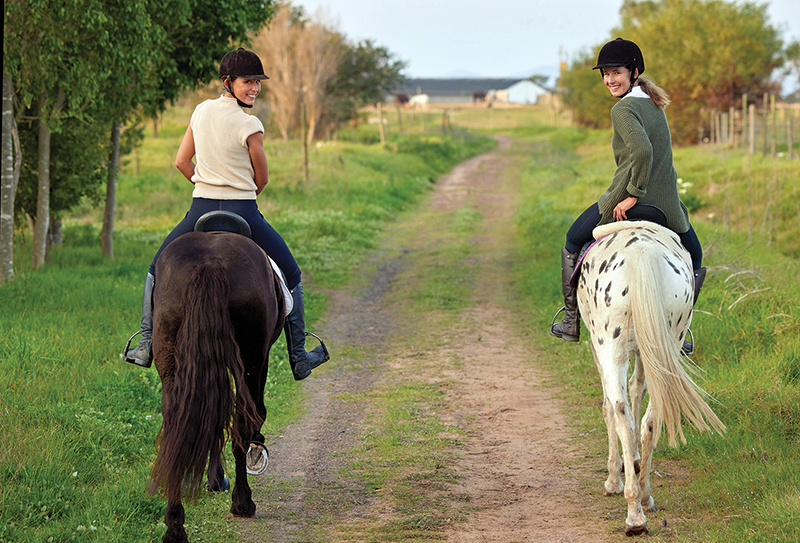
If access to a variety of riding surfaces is limited, a weekly trail ride can provide different types of footing to help minimize repetitive strain and stress in the horse. Photo: iStock/People Images
Studies of soft tissue injuries have shown that horses training predominantly on soft footings like arenas develop loss of proprioception over time. This leads to compromised sensory feedback to the nervous system and eroded neuromuscular patterns. Being stabled on soft shavings or straw further contributes to this sensory dullness.
Related: Footing the Riding Arena
Even if they avoid injury, a number of these horses experience suboptimal muscular function: altered firing patterns, delayed contractions, fewer fibres recruited. Their physical conditioning often seems to hit a wall or backslide. Changing the training environment can help avoid the plateaus.
In rehab settings, stimulus from firm ground serves a key role in optimizing the horse’s neuromuscular system to return to training. Likewise, hard surfaces contribute enormously to young horses’ bone and hoof health as well as ligament and tendon resilience.
For riders with limited access to a variety of surfaces beyond the arena, positive stimulus from firm ground can be provided in the form of hand-walking for 20 minutes three times per week on the driveway or barn aisle or a quiet paved road. A weekly trail ride typically offers horses a chance to tread on packed roads or sun-baked paths as well.
An exception to the value of firm ground goes to horses with navicular pain. Hard surfaces do not allow the toe of the hoof to sink in when pushing off, creating pressure in the navicular region. For horses without existing conditions this can lead to resilient adaptations in the hoof. But for those dealing with problems, it can exacerbate soreness.
Soft Footing
Soft or deeper footing is typically defined as measuring three or more inches. Regardless of material — sand, synthetic fibres, shavings, and so on — soft footing allows the hoof to partially sink down before pushing off. Work of this kind requires more physical effort. Put simply, muscles have to work harder to lift and move limbs. Dry sand is especially taxing in this respect as the looseness underfoot requires even more exertion. Horses working on this kind of footing have recorded heart rates up to 50 percent higher when compared to firmer surfaces.
From a basic aerobic conditioning standpoint, therefore, soft surfaces offer a good tool. Also, when needing to build up gymnastic muscles, this kind of footing helps. For example, during rehab and conditioning plans for stifle stability, controlled work on soft ground is often prescribed following an initial period of stationary calisthenics. The effort of propelling the horse through deeper footing delivers its own resistance training.
This is also frequently beneficial to help young horses with scrambling canters find more balance. The effort of treading through slightly deeper footing helps engage, rather than brace, their back and hindquarters while their strides benefit from slower breakovers. This helps reduce rushing tendencies.
For riders with access to only a packed area (footing less than one inch depth), it is worth finding or creating a soft area to longe or ride on at least two days per week. This could be a round pen or a path filled with shavings out in the field or a sandy paddock.
Very few riders have access to state-of-the-art footing. But it matters more to have a variety of footings, and to use them mindfully — and that’s good news.
Related: Get Your Horse on a Track System
Related: How to Safely Condition Young Horses
To read more by Jec Ballou on this site, click here.
Photo: Shutterstock/Rolf Dannenberg



